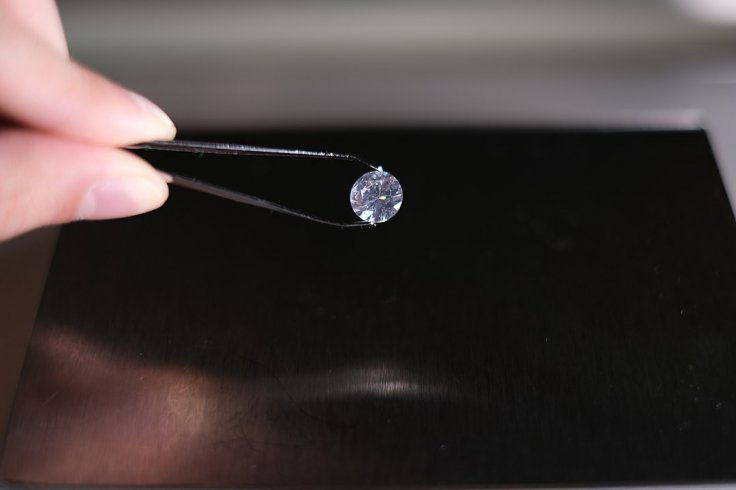A team of scientists from Germany and France created tiny diamonds after firing extremely powerful laser flashes at a film of PET plastic. They designed an experiment to find out more about the conditions in giant ice planets like Neptune and Uranus. The scientists wanted to stimulate extreme conditions found within these planets.
As such, they directed the powerful laser flashes at a sample of plastic film. Doing so, they generated a shock wave that compressed the material for a few nanoseconds to a million times the atmospheric pressure on Earth.
Dominik Kraus, HZDR physicist and a professor at the University of Rostock, said they discovered that the extreme pressure produced tiny diamonds.
The scientists chose to work with a substance that was used to make plastic bottles as it was a good balance between carbon, hydrogen and oxygen to simulate the interior of ice giant planets. They used two measurement methods to analyse what happened when the intensive laser flashes hit the film.
The x-ray diffraction determined whether nanodiamonds were produced with a small angle scattering (SAS) technique to see how quickly and how large the tiny diamonds grew. The experiment supports the theory that it could literally rain diamonds on ice planets like Neptune and Uranus.

The researchers also believe that an unusual form of water – supersonic water – should be produced with the diamonds. To prove this, they will be conducting further experiments. doing so would help establish a new way of producing nanodiamonds in the industry where they can be used, like in the production of quantum sensors. This could bring about customized production of nanometer-sized diamonds which are used in the manufacture of abrasives and polishing agents.
Kraus says diamonds of this kind have been mainly produced by detonating explosives. He believes that they could manufacture such diamonds more cleanly in the future with the help of laser flashes. The professor explained that x-ray laser means they have a lab tool that can precisely control the diamonds' growth.









